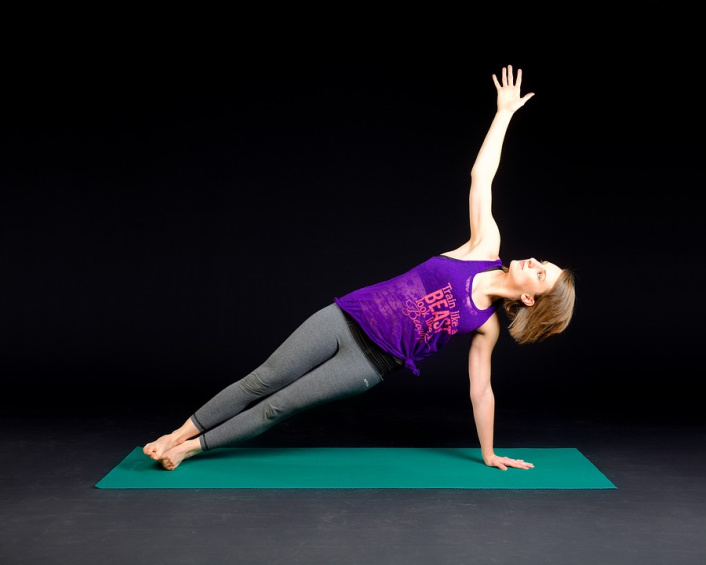Have you ever had a workout where everything just feels “blah”? Exercises that normally are performed with style and grace feel uncoordinated, clumsy, and “harder than it normally is”. Though we understand that some days will just be better than others, no one should feel as if they have taken several steps backward. So, before you let your frustration get the best of you, ask yourself: “Am I giving my body the best opportunity to succeed”? Because a lousy workout is usually the body telling you that you are failing in 1 (if not all) of 4 areas.
1. Movement Preparation and Ponder
Delete the word “warm-up” from your vocabulary and along with it the useless 10-minute jog or stationary cycling you typically do prior to activity. Instead, think in terms of preparing your body for movement and focus on the joint mobility, muscle activation, and stabilizing drills necessary for success. For example, if your training plan includes squats and lunges, prepare the body by mobilizing the ankles and hips, activating the muscles of the glutes, and stabilizing deep lying core muscles through various breathing drills. Following your workout, take a moment and ponder how each exercise felt and what areas of the body may have let you down. Focus on addressing those areas via stretching, foam rolling, and additional mobility work before you leave the gym.
2. Hydration.
H20 is one of the easiest things to address and offers immediate benefits towards performance. The other great thing about hydration is you can assess your hydration levels frequently every time you hit the rest room. If your urine is clear to faint yellow you are good to go! However, if your urine is ‘Big Bird yellow’ to ‘paper bag brown’, you need to up the water intake immediately. To aid in hydration, seek to add natural electrolyte mixes into your water and avoid bottled water with additives or coloring.
3. Pre/ post workout fuel (food)
Because food is not easily accessible (as compared to water) this tends to be a main culprit in poor performance. Pre-workout food should be more carb focused (YES, THEY ARE GOOD FOR YOU) as carbs will be your primary fuel source during most activities. Post Workout, your focus should be on replenishing what you lost (carbs, H20, electrolytes) and eating clean protein sources to maintain and/or build muscle. Best practice is to have your meals prepared prior to the workday, so you have performance enhancing food sources at your fingertips throughout the day.
4. SLEEP
Besides having cool dreams of saving the world from evil space aliens, sleep allows you to perform at your best physically, and cognitively. Unfortunately, life involves conflicts that deny you the recommended 7-9 hours of sleep necessary. To combat this dilemma, make every moment of your pre-sleep routine count by eliminating cell phones, tv shows, heavy meals, or caffeine before your head hits the pillow. Instead have mindful self-reflection, stretch, and practice deep breathing exercise about 45 minutes prior to bed. When able, find a quiet area to take a quick 20-30-minute nap during day.
By addressing these 4 areas, you will find subpar workouts to be a thing of the past and can keep your energy focused on improving your quality of life for the long road ahead!
written by, Erin White Flow Fitness Coach










